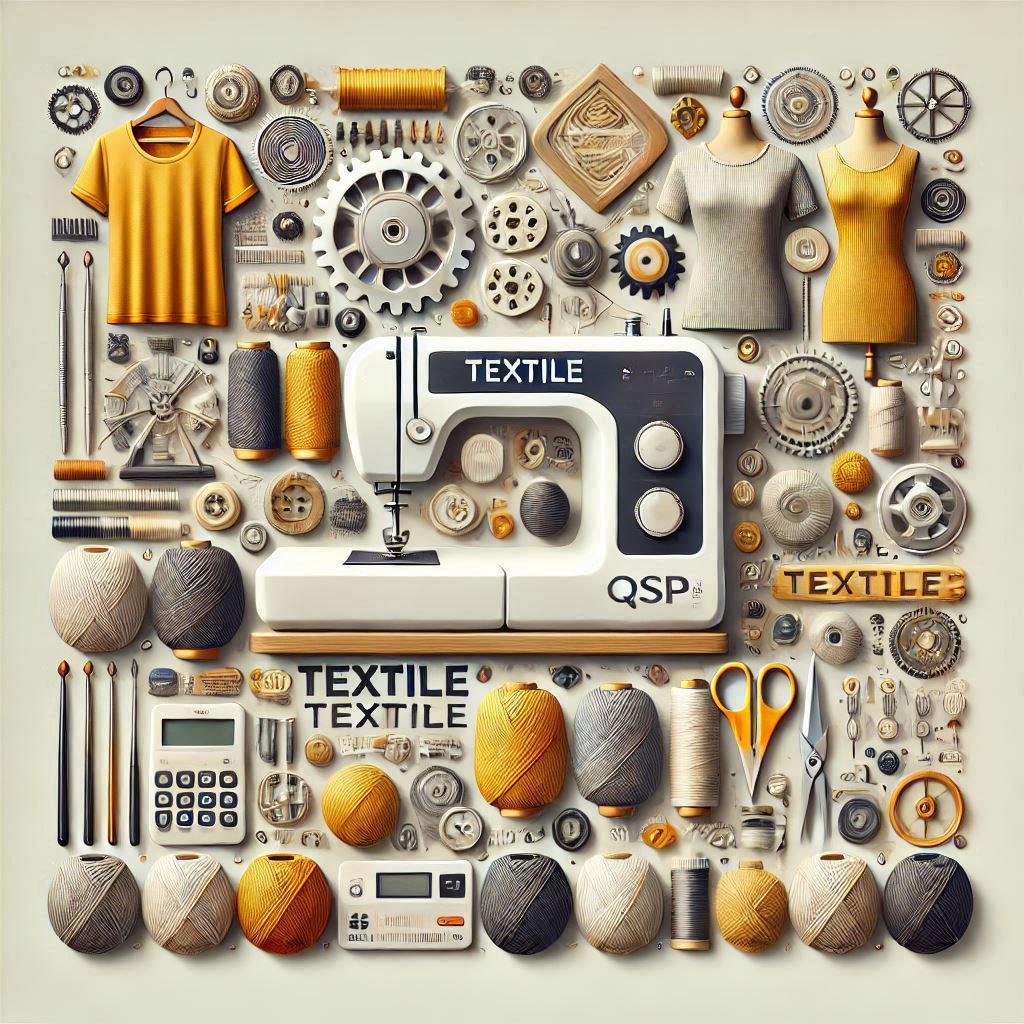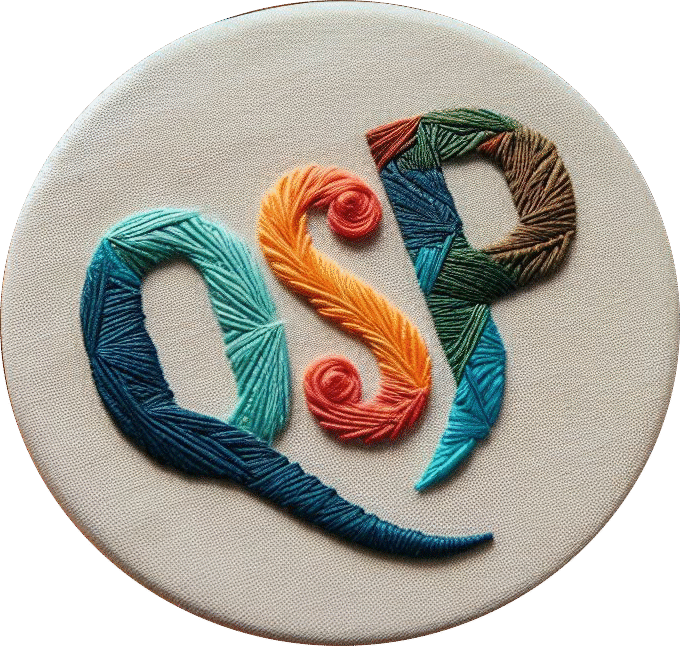It was just another afternoon when Clara, a textile designer at a small but forward-thinking sustainable fashion brand, was leafing through fabric samples in her studio. On her desk lay two seemingly similar textiles: one as soft as silk, the other with a slightly more plastic feel. Both shimmered under the light, both were modern, functional, and comfortable. And yet, only one of them could be considered “closer to nature”.
Which one should she choose? And what really set them apart?
That was when she felt the need to better understand a common but rarely explained dilemma: the difference between regenerated and synthetic fibres. What began as a simple fabric selection turned into a fascinating journey through science, sustainability, and the history of textiles.
In today’s fashion world, knowing how textile fibres are made has become increasingly important. Some fibres come directly from nature — such as cotton, wool or linen — while others are created through industrial processes. Among these man-made options, there are two clearly distinct families: regenerated fibres and synthetic fibres. Although often grouped under the same «artificial» label, they are fundamentally different.
Regenerated fibres have a natural origin. They are made from organic materials like wood pulp, bamboo or agricultural waste that are rich in cellulose. This cellulose is extracted, chemically dissolved and transformed into continuous threads. Fabrics such as rayon, viscose, modal and lyocell are born from this process. They are technically man-made, yet retain a plant-based core. These fibres behave similarly to natural ones: soft, breathable, and in most cases, biodegradable. They are an excellent choice when it comes to sustainable fabrics for eco-friendly fashion.
Synthetic fibres, on the other hand, are entirely chemical creations. They do not come from any renewable natural resource. Instead, they are derived from petroleum. Through laboratory reactions, polymers are formed and then extruded into textile filaments. This is how we get fibres like polyester, nylon, acrylic and elastane. Their main advantage lies in their performance: they are durable, elastic, moisture-resistant and highly versatile.
But their biggest drawback is their environmental impact. These fibres are not biodegradable and can take centuries to break down. Moreover, every wash releases microplastics into waterways, eventually harming marine life and entering the food chain.
Clara was particularly surprised by how lyocell is produced. Unlike traditional viscose — which uses harsh chemicals and creates toxic waste — lyocell is made using a non-toxic, fully recyclable solvent, making it far more sustainable. She saw it as the perfect example of a sustainable fabric for eco-friendly fashion, and one of the major advantages of lyocell over polyester.
She also learned that recycled polyester is gaining popularity as a more sustainable option within synthetic fibres. Using PET bottles, manufacturers can create strong, long-lasting threads — though still not biodegradable. Nonetheless, it gives a second life to waste that would otherwise end up in landfills or oceans.
The decision wasn’t easy. The difference between regenerated and synthetic fibres went far beyond feel or appearance. It also raised ethical and ecological questions. Regenerated fibres were gentler on the environment, but some still required chemical processing. Synthetic fibres offered unbeatable technical performance, but at a higher ecological cost. That was when Clara realised it wasn’t about finding the “perfect fibre” — it was about making more conscious choices.

For her new collection, she chose a certified eco-viscose. She knew it wasn’t the ultimate solution, but it was a meaningful step toward a more ethical kind of fashion. She wanted to tell the story behind each garment — so her customers would know they weren’t just buying a dress, but embracing a philosophy: one that seeks to care for the planet, starting from the tiniest thread.
Because in the end, understanding how textile fibres are made also means understanding our impact on the world. It’s about opening our eyes to the difference between regenerated and synthetic fibres, and choosing with intention. It’s about rejecting indifference and embracing responsibility.
And you — have you ever stopped to read the label on your clothes? That tiny thread connecting your t-shirt to the planet might be more complex — and more fascinating — than you thought.
At QSP Textile, we believe change begins with informed decisions. That’s why we work daily with responsible suppliers and processes, offering high-quality textile solutions — both regenerated and synthetic — tailored to the needs of our clients and our planet.


Deja una respuesta